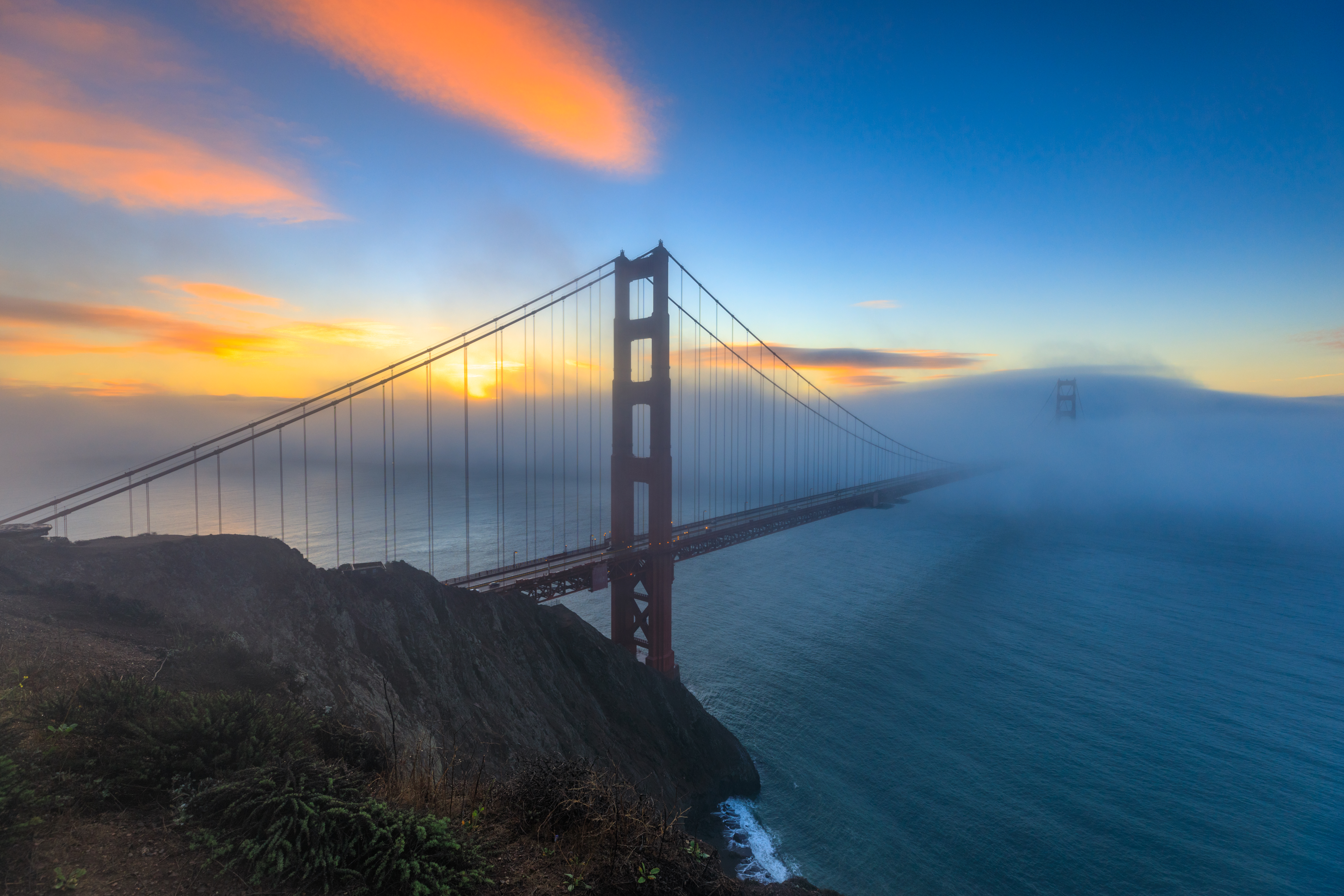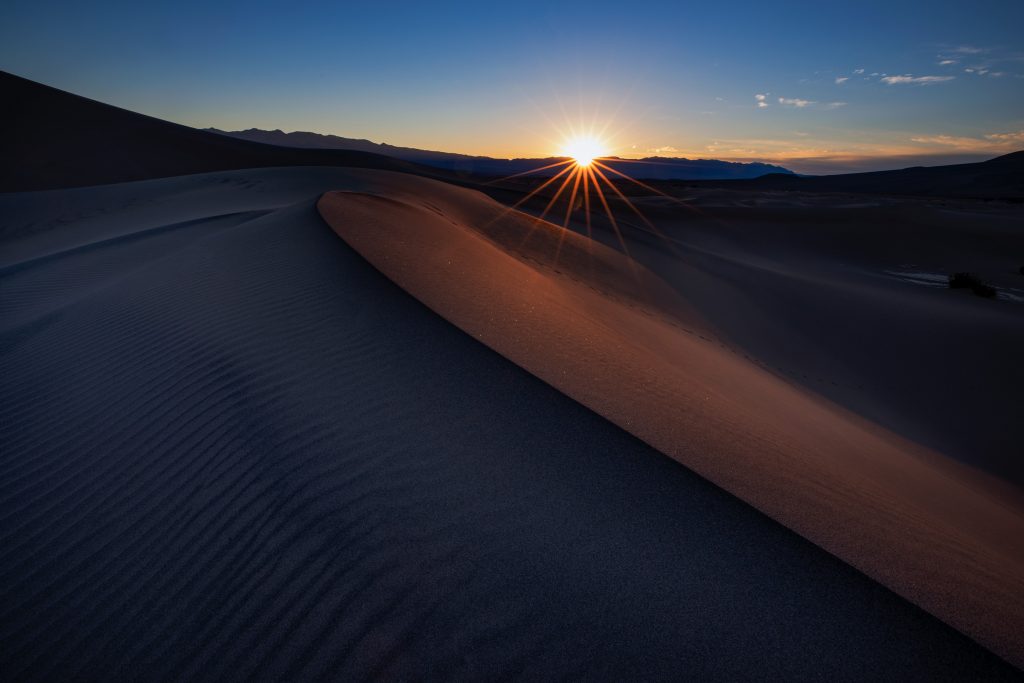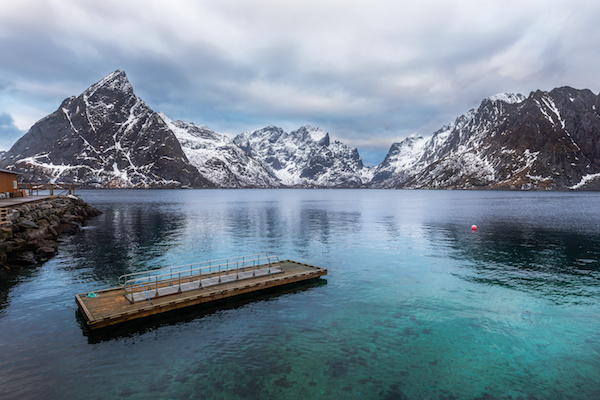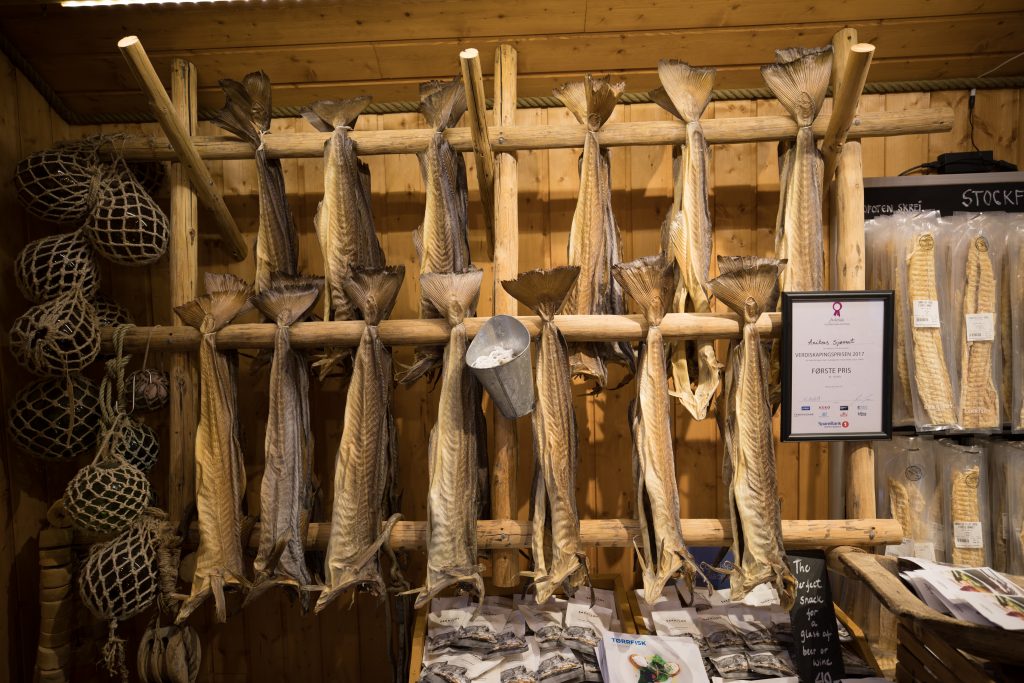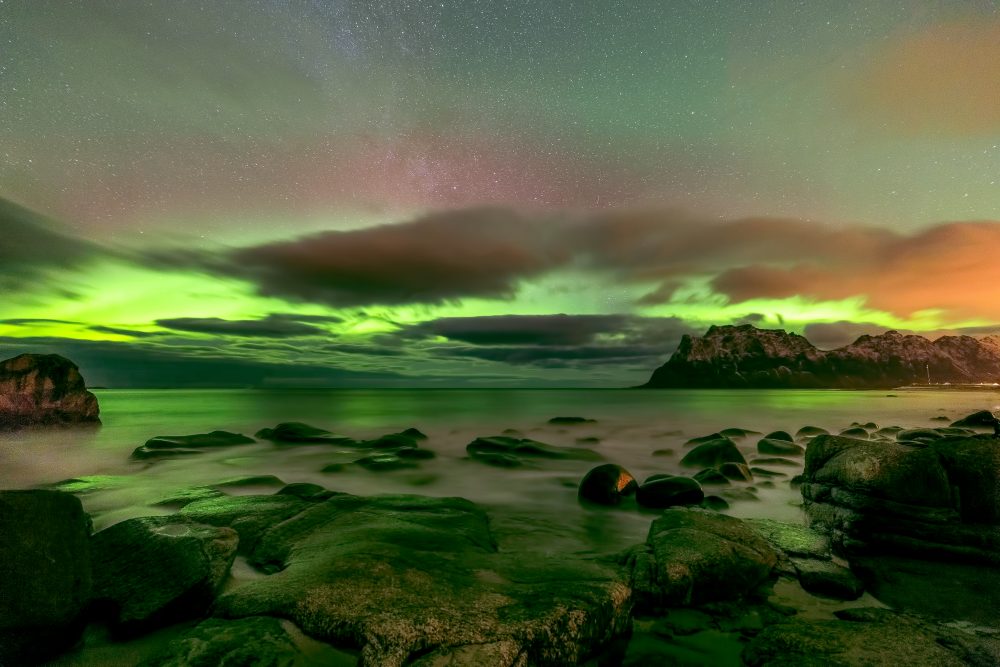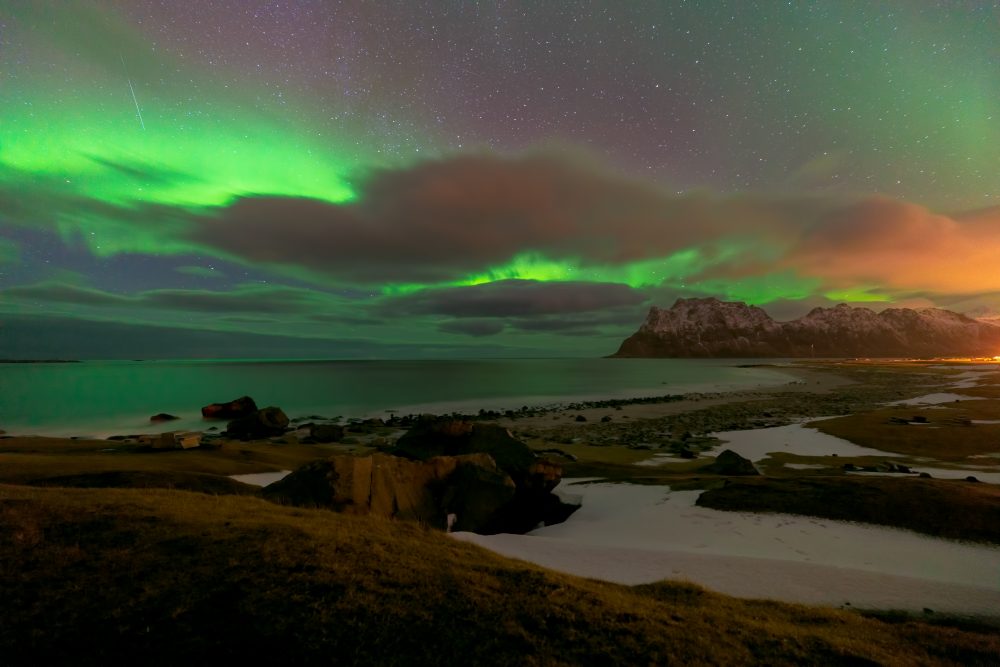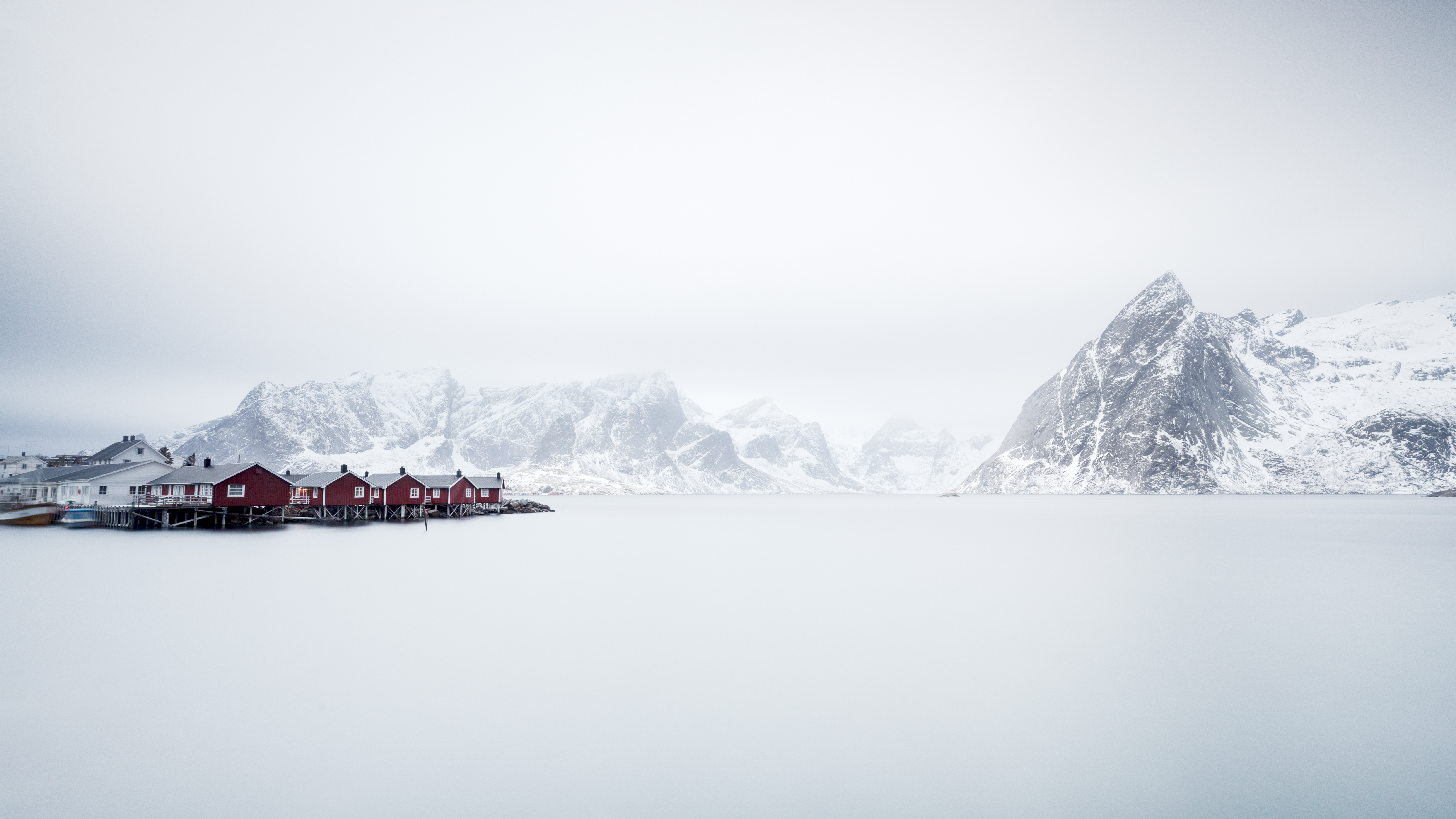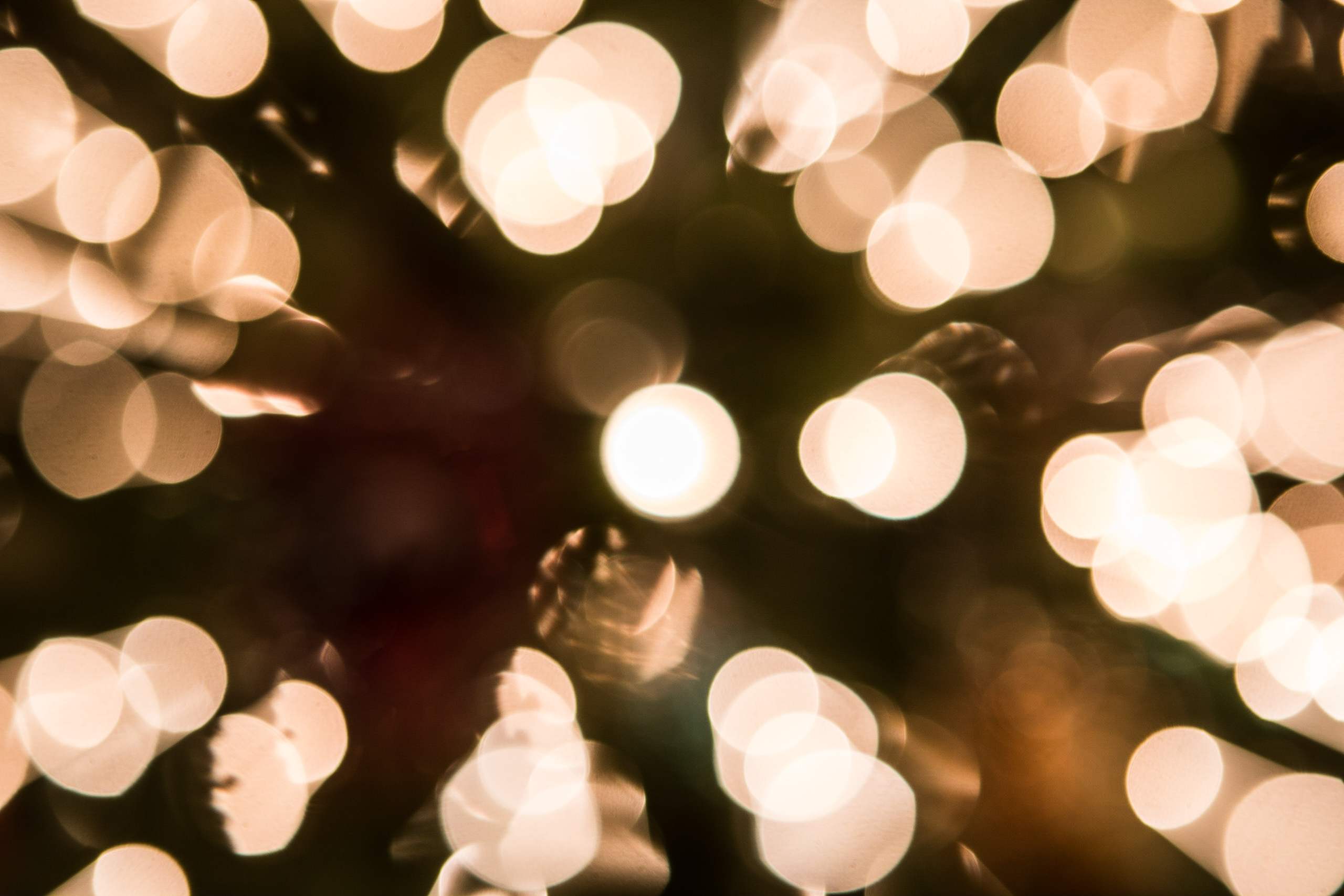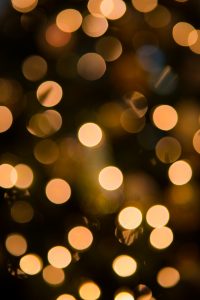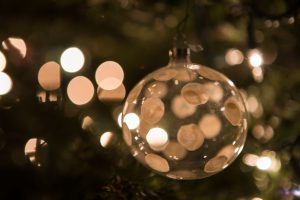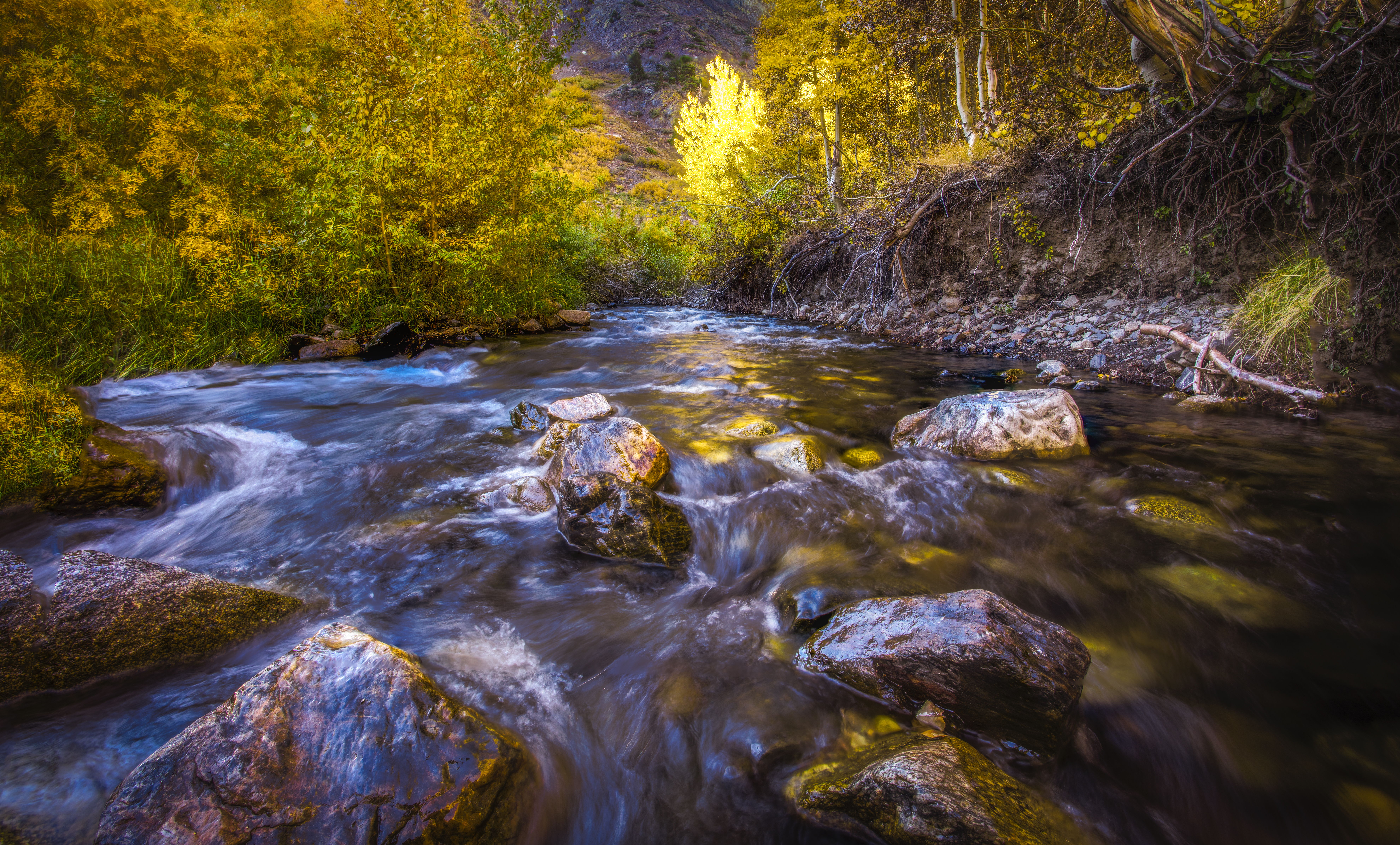Q: Do you have any special tricks for photographing flowers and gardens? My garden is starting to wind down, but I still want to get some close-up shots of my squash blossoms, interesting butterfly visitors, and that sort of thing.
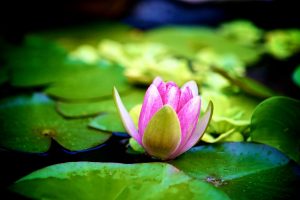 |
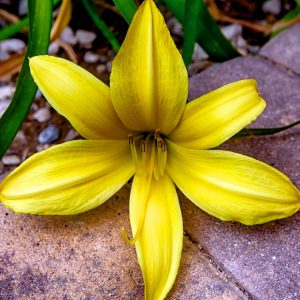 |
 |
| Above-Left: This water lily image is a great depth-of-field-example. Above-right: Floral close-ups are best shot out of direct sunlight. Below: Referencing the color wheel can help you choose what to include and exclude when framing your garden photo |
|
For best results, you should also compose your shots with certain color combinations in mind. Take a look at the color wheel included in this section to see how different colors work together. Compositions with either analogous or complementary color tend to look best. Some analogous colors found in the garden, for example, would be various shades of green fading into the yellow portion of the color wheel. Complimentary colors, on the other hand, are those found opposite one another on the color wheel. While blue is a primary color, orange, found directly across from blue, is its complimentary color. You can get some gorgeous shots with minimal equipment, but timing is everything! Get up first thing in the morning for the most “magical” shots. The soft, bright morning light, coupled with dew on leaves and petals, work especially well together. The evening is another good time to shoot. Just avoid harsh, direct sunlight, and opt for soft, indirect light or shade instead.
And, once you have the colors in your shot figured out, don’t be afraid to get really close. As you look for that perfect bud or unfurled blossom, look for bees or butterflies to capture as well! If you have one, use a macro lens on your either your DSLR/Mirrorless or Smartphone. A fellow photographer and “Shot on iPhone Campaign Alum”, Jill Lian, uses Olloclip and Ztylus lenses for all of the macro shots she takes with her iPhone 7 Plus. (Check out her very inspiring macro garden iPhone photography here.)
If you aren’t equipped to get really close, you can still create interesting compositions that tell a story by leading the viewer’s eye through the image. By using wide-open apertures, you can play with depth of field in ways that highlight certain aspects of an image over others. (For wider apertures, use the smaller “ƒ stop” numbers.) With a wide aperture, one flower may be in sharp focus while the rest of the scene will be slightly out of focus.
You can also pick a bouquet of your favorite flowers, arrange them in a vase, and photograph your garden bounty this way. And, later, why not allow your flowers to dry and try photographing them in this state, too?
Finally, don’t forget to print your best photos, and place them in a photo album to keep a record of all of your hard work during this garden season!
I’d love to see your garden pics! Tag me on Facebook, Twitter or Instagram!
Join the Monthly Newsletter to get monthly updates to your email box!
[pb-form id=5278]
